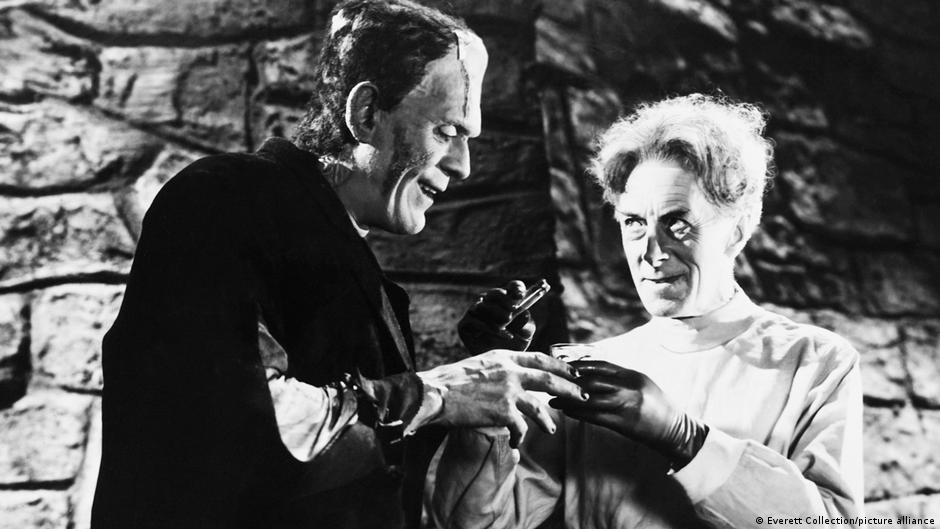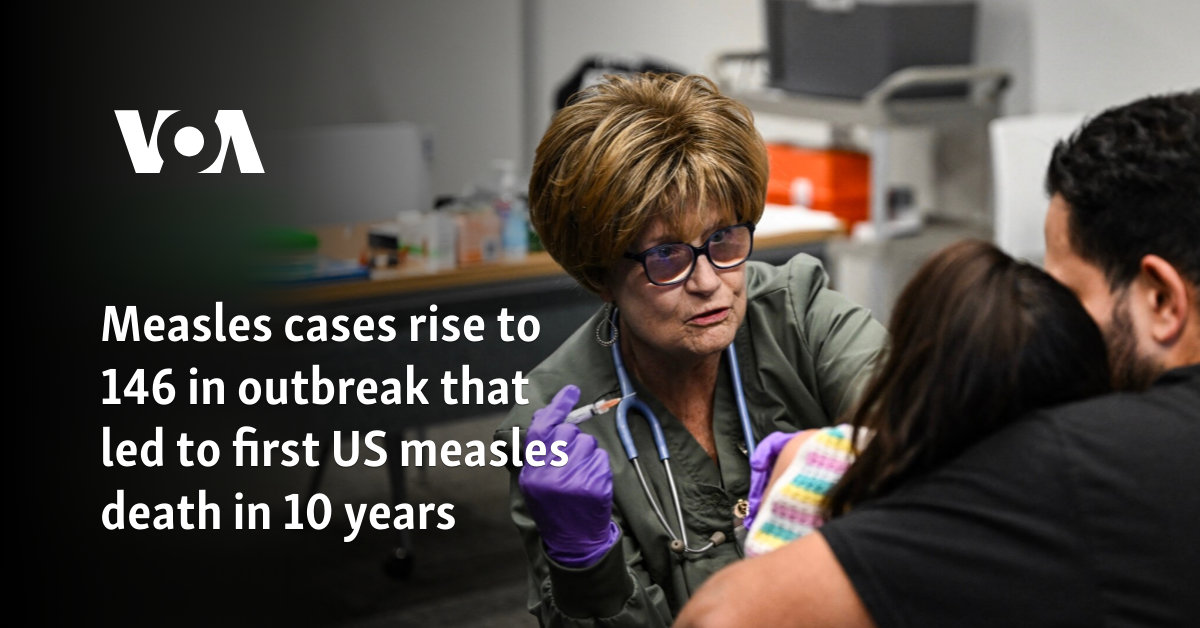For more than two centuries, Mary Shelley’s “Frankenstein” has been the monster that will not die – endlessly resurrected, re-stitched, and sent staggering back into the culture.
The basic premise is timeless: a blind but brilliant scientist plays God, creating life from regenerated body parts. Terrified by his own creation, he abandons it, and the rejected “creature” becomes the monster that society fears.
That core has proven flexible enough to survive everything from 1930s cult classic Monster films starring boris karloff For sitcoms and children’s cartoons. But much of what audiences think of “Frankenstein” comes from the movies, not Mary Shelley’s 1818 novel.
Guillermo del Toro’s “Frankenstein,” starring Oscar Isaac and Jacob Elordi, now on Netflix, is more faithful to Shelley’s monster myth than most film versions: Sympathy for the creature is in the foreground and the egotistical warning about man playing God is its central theme. But gaps remain between the novel “Frankenstein” and its pop rendition.
How Hollywood rewired the monster
As most pundits know, Frankenstein is not the name of the monster, but the scientist who gives him life – Victor Frankenstein, in the original novel, is not a “doctor” or a baron in a castle, but a motivated student of “natural philosophy”.
In Shelley’s rendition, the creature is not the scruffy half-wit seen in most film versions, but an apparent autodidact who teaches himself English and moral philosophy after finding a conveniently discarded copy of John Milton’s “Paradise Lost” – and who narrates the second half of the book.
The most memorable elements of the “Frankenstein” story – the resurrection of the lightning bolt (with Victor Frankenstein yelling “It’s alive!!!”), the green skin and neck bolt, the limp gait – are all later stage-and-screen inventions.
Most of them can be traced back to James Whale’s two Universal monster films, “Frankenstein” (1931) and “Bride of Frankenstein” (1935), in which the inimitable Boris Karloff played the decrepit Beast and Elsa Lanchester played his reluctant companion, accompanied by his beehive.
Whale’s films established the look, sound and laboratory theatricality that everyone still expects from a “Frankenstein” movie.
The Many Lives of Frankenstein
In the years — and centuries — since Shelley’s novel, first published anonymously as “Frankenstein: Or, The Modern Prometheus,” the creature has gone through endless iterations and reinterpretations.
Britain’s Hammer Films gave us a series of Technicolor reboots of the “Frankenstein” story, from 1957’s “The Curse of Frankenstein” to 1974’s “Frankenstein and the Monster from Hell,” which portrayed the creature as more tragic than terrifying and the megalomaniacal Baron Frankenstein (usually played by Peter Cushing) as the true villain.
There are send-ups and spoofs of horror films going on as well. There’s the slapstick parody “Abbott and Costello Meet Frankenstein” (1948); the high camp of “The Rocky Horror Picture Show” (1975), starring Tim Curry as Dr. Frank-N-Furter, “the transsexual, sweet transvestite of Transylvania”; and Mel Brooks’s “Young Frankenstein” (1974), a nonstop gag-fest that manages to be both affectionate and irreverent in its treatment of the “Frankenstein” canon.
On TV, we got the ’60s sitcom “The Munsters,” which transformed Frankenstein’s creature into Herman Munster, a kind, if clueless, suburban father.
By the time of the “hotel Transylvania” franchise, Shelley’s monster had become “Frank”, a mad fellow – existential angst turned into family entertainment.
Ironically, some of the films that come closest to Shelley’s original work are not billed as “Frankenstein” films.
David Cronenberg’s “The Fly” (1986), in which a scientist himself becomes a monster, is a terrifying, graphic illustration of Shelley’s warning against scientific excess.
Tim Burton’s “Edward Scissorhands” (1990) focuses on the outcast creature, evoking the novel’s themes of empathy and abandonment.
And Yorgos Lanthimos’s “Poor Things” (2023) reimagines the myth through a feminist lens in the form of a resurrected woman (Emma Stone in an Oscar-winning performance), echoing the influence of Shelley’s mother, pioneering feminist Mary Wollstonecraft.
Reclaiming Shelley’s Creature
Del Toro’s “Frankenstein” joins squarely in the lineage of filmmakers trying to restore Mary Shelley’s original intent. Faithful in spirit if not in every detail, his version returns the story to its roots – not a horror story, but a story of creation, rejection, and moral responsibility.
It should come as no surprise that the directors of “Hellboy” (2004) and “The Shape of Water” (2017) are Team Monster. His two-and-a-half-hour epic underlines the necessary empathy towards the creature in the novel, treating him not as a despicable being, but as a sentient being born into a world that cannot accept him.
Thematically, del Toro closely aligns with Shelley’s preoccupations: the danger of uncontrolled creation, the arrogance of human dominance, and the deep loneliness of the outcast.
Like Shelley, he reads this tragedy as a story of abandonment – of a parent who cannot love what he has created. (Oscar Isaac’s Victor Frankenstein has problems with his father, passing that trauma on to his uncultured offspring.)
Jacob Elordi gives a revelatory performance as a fundamentally kind and innocent creature who understands the dark side of humanity.
Del Toro pays homage to earlier film adaptations — there’s a lightning-bolt animation sequence and some wild-eyed turns by Isaacs as the mad scientist — but this version feels truer to Shelley than any other in recent memory (Kenneth Branagh’s over-the-top “Mary Shelley’s Frankenstein” (1994) included).
Del Toro’s “Frankenstein” doesn’t so much revive the myth as revive its moral core. Stripping away the camp, lightning bolts and mad-scientist theatrics, he returns to Shelley’s central question: What happens when human ambition and technological progress overtakes empathy?
In an age shaped by artificial intelligence, genetic engineering and the power of algorithmic decision-making, perhaps the real monster isn’t hiding in a laboratory – he’s staring at us from the glow of our screens.
Edited by: Elizabeth Grenier






Leave a Reply